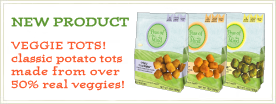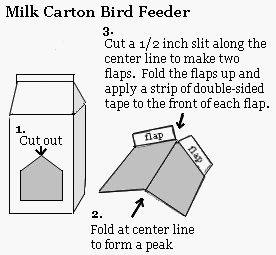"Mmm, tasty."
We want to focus this blog entry on eggs! Here are a few facts (and theories) about eggs that we find noteworthy.
Nutritional Overview of 1 Large Egg:
Calories from fat: 45 (% Daily Value)
Fat: 5 grams 8%
.jpg) Cholesterol: 425 mg 70%
Cholesterol: 425 mg 70%Protein: 6 grams 12%
Vitamin A: 8%
Vitamin B12: 25%
Folacin: 13%
Phosphorus: 11%
Iron: 5%
Riboflavin: 19%
Eggs are highly nutritious!
Safety
The shell of an egg provides excellent protection against bacteria entering from outside of the egg. As long as the egg shell is intact, the risk of contamination is very low. To minimize the chance even further, commercial eggs are quickly washed with a sanitizing solution right after they are laid.
A study by the USDA (Risk Analysis April 2002 22(2):203-18) showed that of the 69 billion eggs produced annually only 2.3 million are likely contaminated with salmonella, equivalent to just one in every 30,000 eggs. That means that if four people each eat 2 eggs a week over the course of their entire lifetimes, one of those four people would have a single run in with a contaminated egg, and if that egg was cooked properly, no illness would occur. That's a fairly low risk. (Note that this is not the same in other countries where salmonella cases from eggs are a major concern.)
The most prudent approach is to refrigerate eggs, use them within two weeks, cook them thoroughly, and to never consume raw eggs. Although eggs can be kept safely in a home fridge for 4-5 weeks, over time the whites become runnier and the yolks flatter. Thus, fresh eggs are much easier to poach and to separate (white from yolk).
Store eggs in their original container in the coldest part of your fridge. Using the molded rack in the refrigerator door exposes eggs to warm air every time the fridge is opened. The carton also protects the eggs from absorbing any strong odors from other items in the fridge. (Their shells are strong but porous. In addition to gaining odors, eggs lose moisture through their shell. Every egg has a small air pocket inside against the large end of the shell. This airspace grows over time as the egg loses water. The air pocket in a very old egg will be so large that it will cause the egg to float in water. Floating eggs should be tossed.)
Just like handling raw meat, be sure to clean anything that makes contact with raw eggs (hands, utensils, surfaces) before preparing other foods, especially those that will not be cooked.
* The Wellness Encyclopedia of Food and Nutrition - UC Berkeley





